World 🢖 North America 🢖 Mexico 🢖 Querétaro
Sinkholes 🢔 Caves 🢔 Geological wonders 🢔 Categories of wonders
Wonder
Sotano del Barro
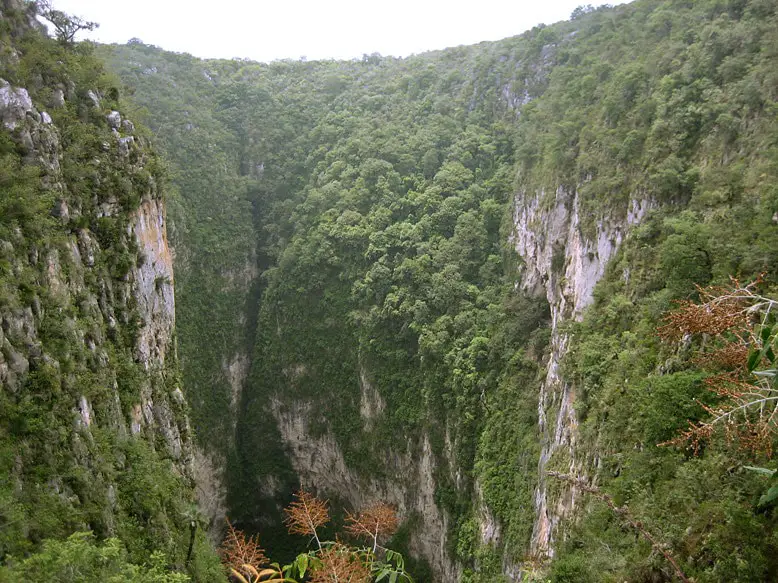
 In short
In short
The wilderness of Sierra Gorda Hills hides many exciting attractions and secrets and here has been created biosphere reserve to conserve the countless rare species of plants and animals. The most impressive might be one of the largest abysses on Earth – Sotano del Barro (could be translated as Cellar of Clay).
 46.8%
46.8%
GPS coordinates
Location, address
Alternate names
Depth
Volume
Map of the site
If you see this after your page is loaded completely, leafletJS files are missing.
 In detail
In detail
American cavers and clay
This enormous abyss was well known to local people since ancient times – it is well seen from the nearby valley. It became known internationally in January 1972, when the abyss was noticed by American speleologists Craig Bittinger and Logan McNatt. The first descent in Sotano del Barro took place in April 1972.
Abyss was named after the nearby rancho and initially had a longer name – El Sótano de Rancho Barro. Later it was shortened and now many are somewhat puzzled by this name – this sinkhole has nothing in common with clay.
Giant abyss
For a while Sotano del Barro was considered to be the deepest sinkhole in the world but now, as the knowledge about Earth has progressed, there have been found even larger ones.
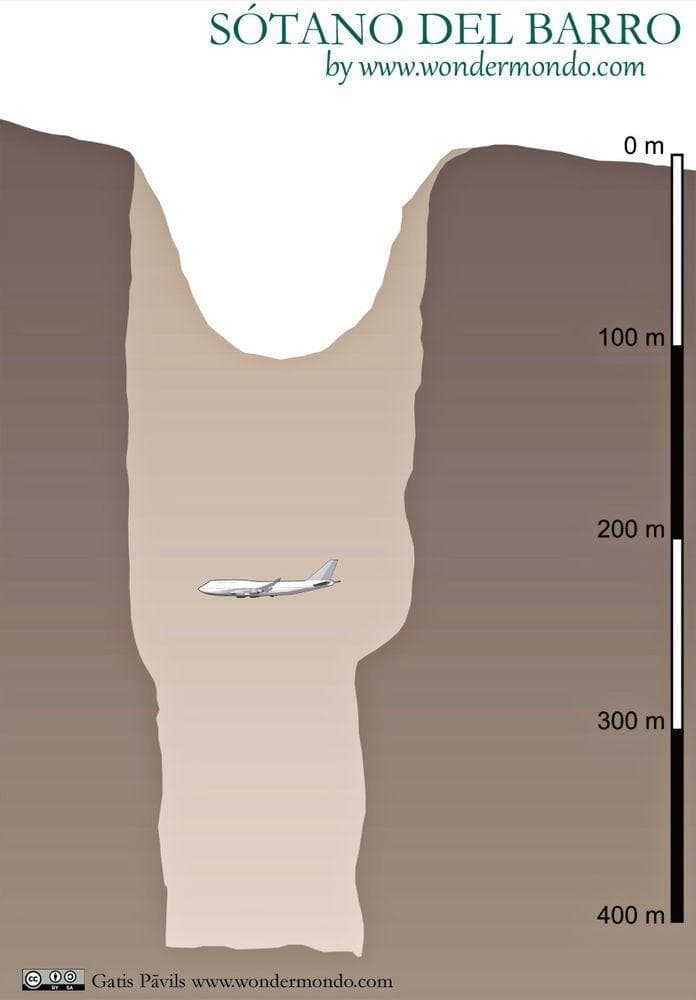
Sotano del Barro is an enormous, elongated hole, seen already from the distance in the slope of the mountain. It has no similarity with caves, it is rather like an enormous 455 m deep, gaping pocket. This giant pocket is elongated in the east-west direction.
Total depth of the sinkhole is 455 m, but the deepest free fall is 410 m. At the surface in the east-west direction it is 420 m long and in a north-south direction – 200 m wide.
Walls are nearly vertical but closer to the bottom this sinkhole gradually becomes more narrow – at the bottom, it is 200 m long and 100 m wide. Along the rims have accrued boulders which have slid down along the walls.
Surface of the sinkhole is located at 1860 m height and bottom – at 1405 m height above the sea level.
Volume of Sotano del Barro is approximately 15 Mio m³.
Abyss has developed in El Abra formation, Lower Cretaceous limestone – the specific shape of the sinkhole has developed along a tectonic fissure. Most likely here flow strong underground streams. Judging by the geology of debris in the sinkhole it is approximately 1.5 Mio years old.
Not too far from this natural landmark are other giant sinkholes including such giants as Sótano de las Golondrinas and Hoya de las Guaguas.
Parrots and cloud forest
The most admired feature of sinkhole is the largest population of Mexican subspecies of military macaws (Ara militaris mexicana Linnaeus 1765). Here live some 40 pairs of these beautiful green, noisy birds which are beloved pets and, unfortunately, objects of smuggling.
Flocks of these birds leave the cave early in the morning and return in the evening, passing by predator birds.
Due to these beautiful birds it is not allowed to drop stones or other objects into the abyss – this creates powerful noise and disturbs them. People should not test echo here as well.
Sótano del Barro is located amidst primeval tropical forest – even today there are needed some two hours to access it from the nearest dirt road. Let’s hope that this sinkhole will stay as a rare delicacy for cultured adventure tourists and the area around it will keep its pristine beauty.
A small piece of unusual biotope is located also on the bottom of the abyss where has formed a layer of soil. The bottom of the abyss is chilly, moist, and comparatively dark – it serves as a habitat for a specific community of plants. Here grow ferns, shrubs, and even trees – up to 20 m tall. This small world somewhat resembles the cloud forest of tropical mountains.
Sotano del Barro has been proposed as a UNESCO World Heritage site and certainly belongs to the most amazing natural landmarks of the world.
 Linked articles
Linked articles
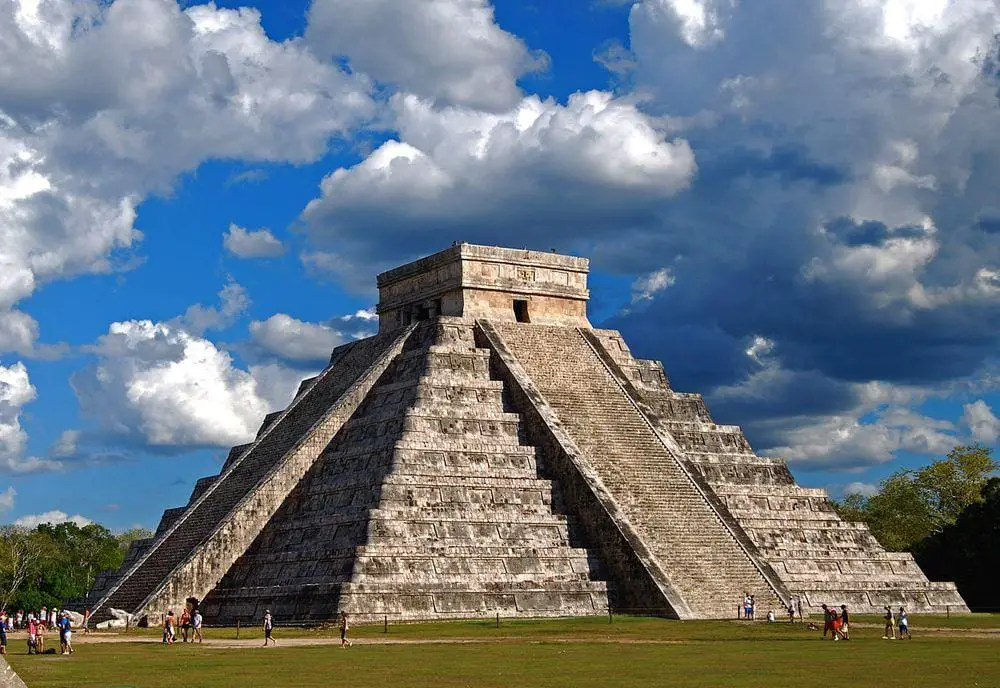
Wonders of Mexico
Few countries in the world can offer such an array of unique and astounding attractions as Mexico.
The area of this country was the cradle of several highly developed indigenous civilizations and some regions in the country are dotted with remnants of ancient cities with temples, palaces, and pyramids.
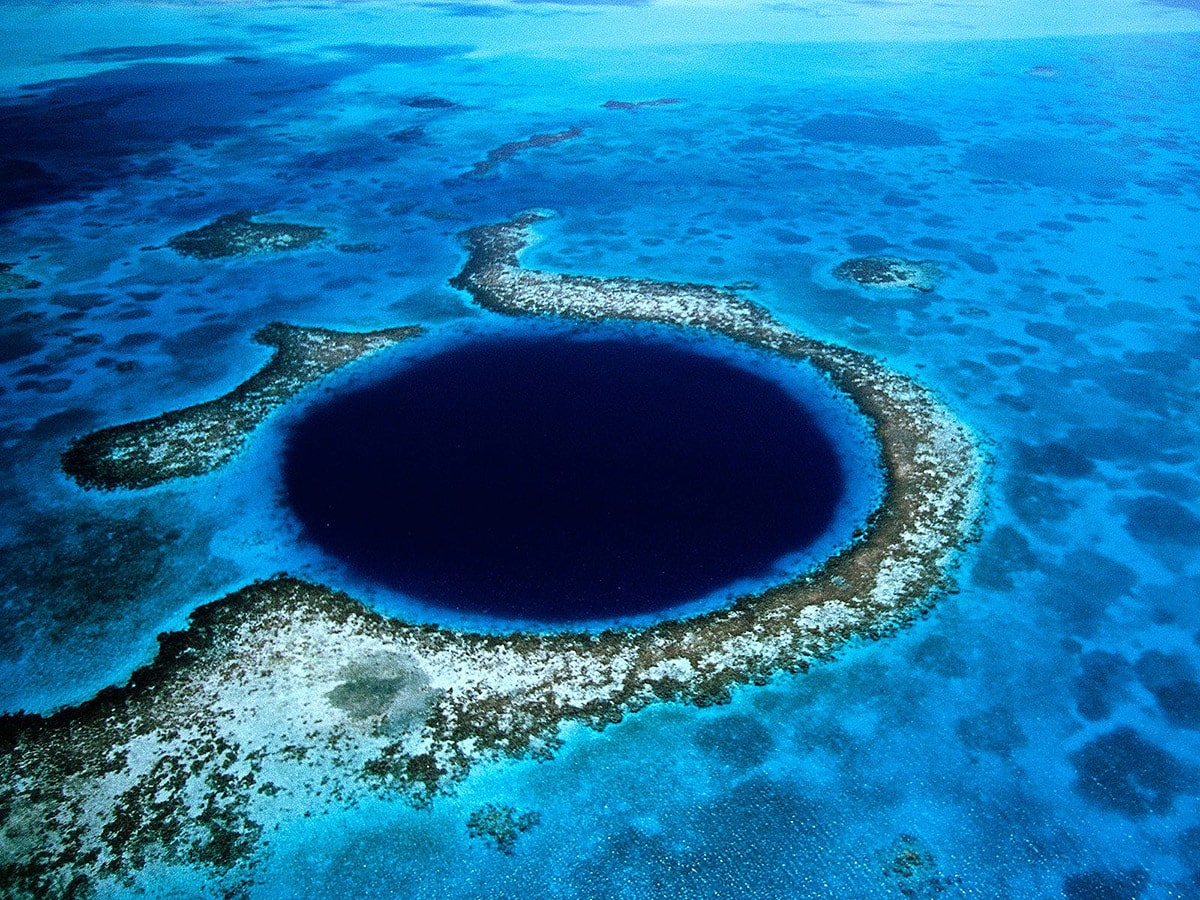
Sinkholes
This category includes outstanding sinkholes – large natural depressions or holes, which for most the part represent collapsed caves.
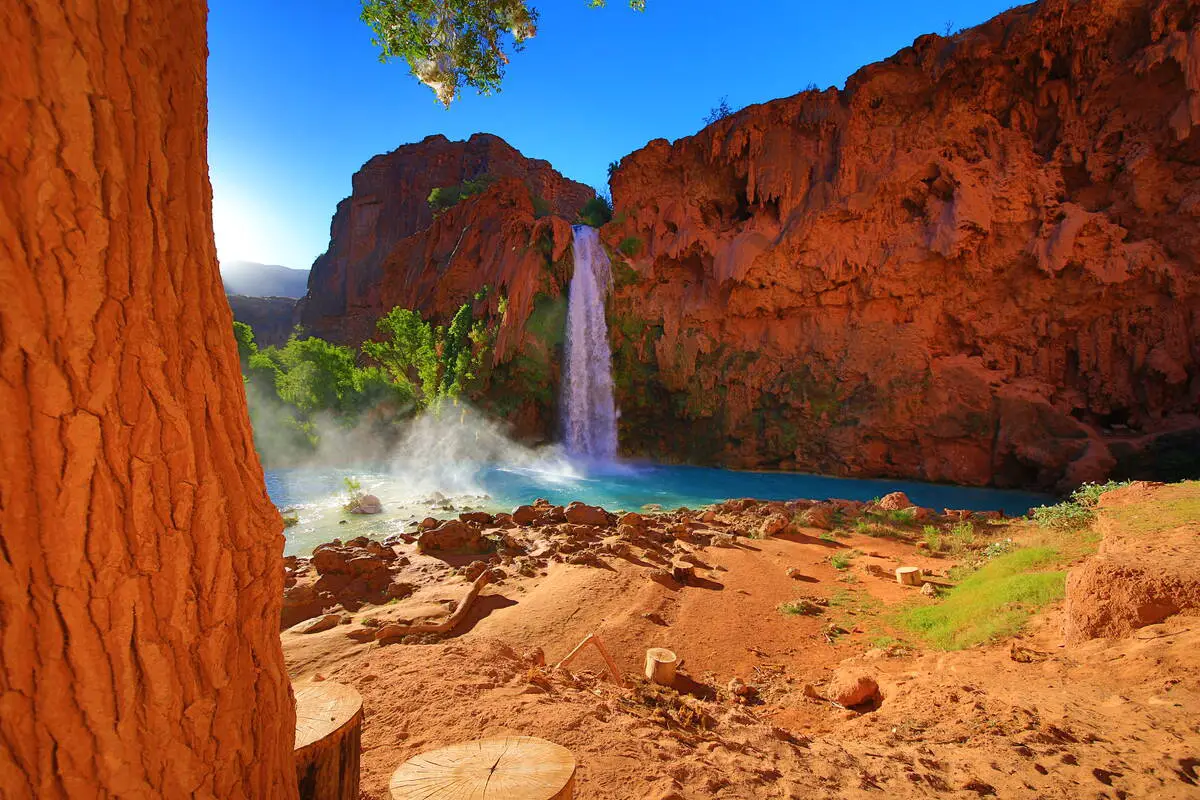
Wonders of North America
North America is a very diverse continent that extends from the northernmost land of the world to the moist tropical wilderness of Darien Gap. The most amazing wonders of North America are the prehistoric monuments of Mesoamerica, the geysers of Yellowstone, and colonial architecture.
 Recommended books
Recommended books
Hypogene Karst Regions and Caves of the World
This book illustrates the diversity of hypogene speleogenetic processes and void-conduit patterns depending on variations of the geological environments by presenting regional and cave-specific case studies. The cases include both well-known and newly recognized hypogene karst regions and caves of the world. They all focus on geological, hydrogeological, geodynamical, and evolutionary contexts of hypogene speleogenesis.
Encyclopedia of Caves and Karst Science
The Encyclopedia of Caves and Karst Science contains 350 alphabetically arranged entries. The topics include cave and karst geoscience, cave archaeology and human use of caves, art in caves, hydrology and groundwater, cave and karst history, and conservation and management. The Encyclopedia is extensively illustrated with photographs, maps, diagrams, and tables, and has thematic content lists and a comprehensive index to facilitate searching and browsing.


